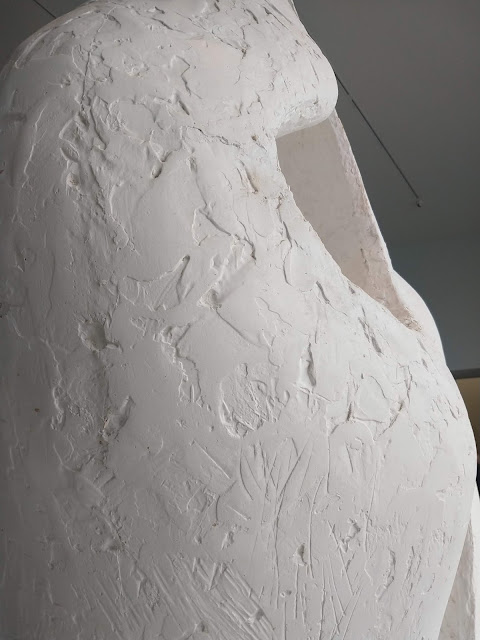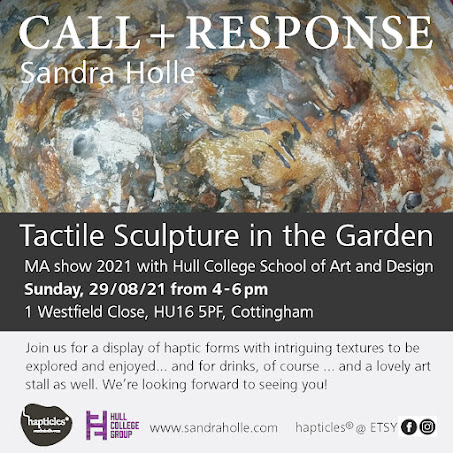Barbara Hepworth - an inspiring figure
https://www.bbc.co.uk/iplayer/episode/p013h27r/barbara-hepworth
Hepworth wanted to open up sculpture to involve the viewer. Her technique of working directly on the material allowed her more freedom to intuitively approach the material.
She is referring and interpreting nature (see and rocks) without mimicking it and increasingly using the abstraction to depict her feelings through those shapes. Hepworth also projected her feelings about human relationships, especially between mother and child. A process of gradual abstraction is very prominent in these pieces of hers.
Barbara Hepworth wanted her sculpture not only to be looked at, but experienced. Hepworth encouraged people to touch her work, Therefore, she put great consideration into the tactile properties of her sculptures, be it immaculately smooth, polished or coarsely marked by her tools. The pierced form became a revolutionary almost trademark feature which allowed the sculpture to integrate more into the surroundings.
She realised that tactile exploration can have a mindfulness element to it, something one can lose oneself in. She donated a sculpture to a school for visually impaired children.
In her later work, Hepworth introduced colour and string to articulate the negative space and to cut through the harmonious, curved, balanced complexity of her forms.
As in 'Pelagos', one of her forms that unite great workman ship, contrast, balance and formal complexity:
I'm very much inclined to examine Hepworth's work in more depth in the future as I feel I can learn a lot about composition, tension and balance from it to evolve my how I access my own work. |
| So thrilled... Pelagos and me... |
 |
| The pierced form was an innovative move by Hepworth at the time and has been a distinctive element in sculpture since |
 |
| pierced form by B. Hepworth |
 |
| interior of a wood carving with a very tactile surface |
 |
| meticulous planning for the form below |
 |
| Aluminium armature for a plaster sculpture |
 |
| characteristic texture of one of Hepworth's plaster sculptures |
My Sources:
The Hepworth, Wakefield




Comments
Post a Comment